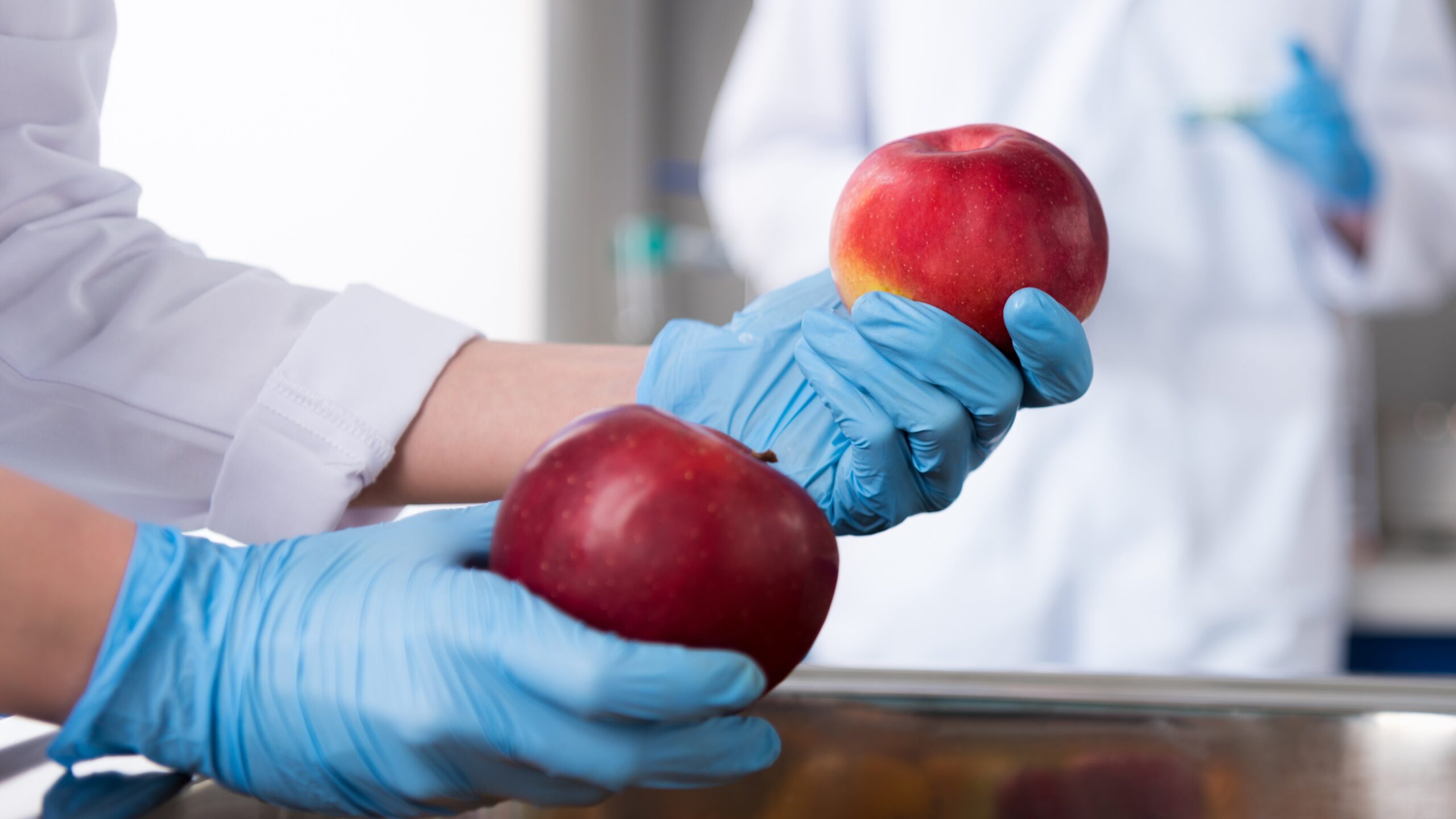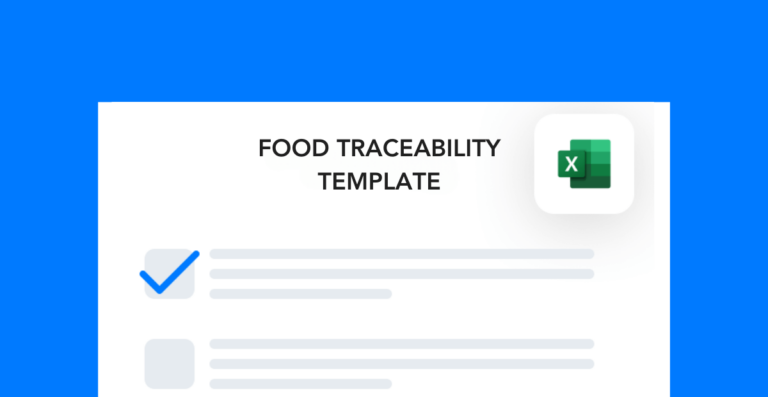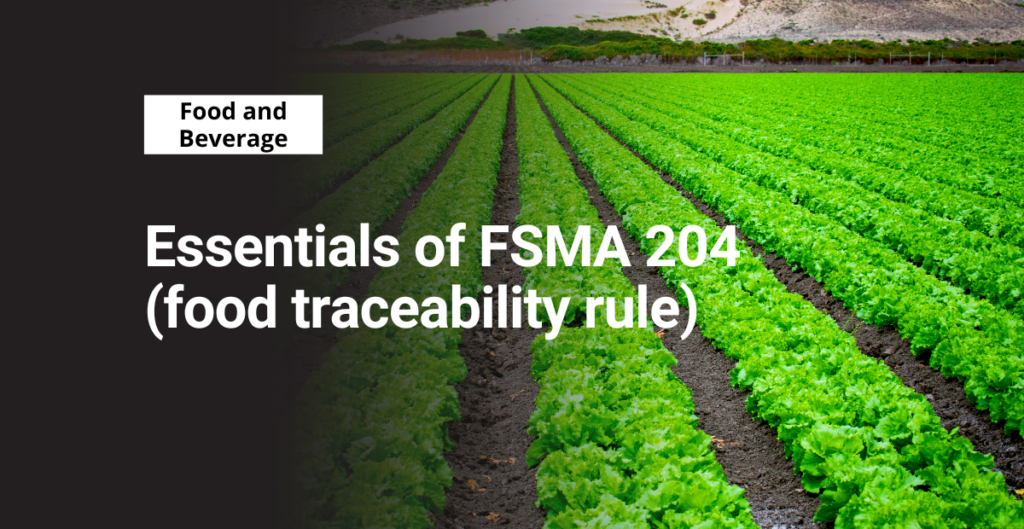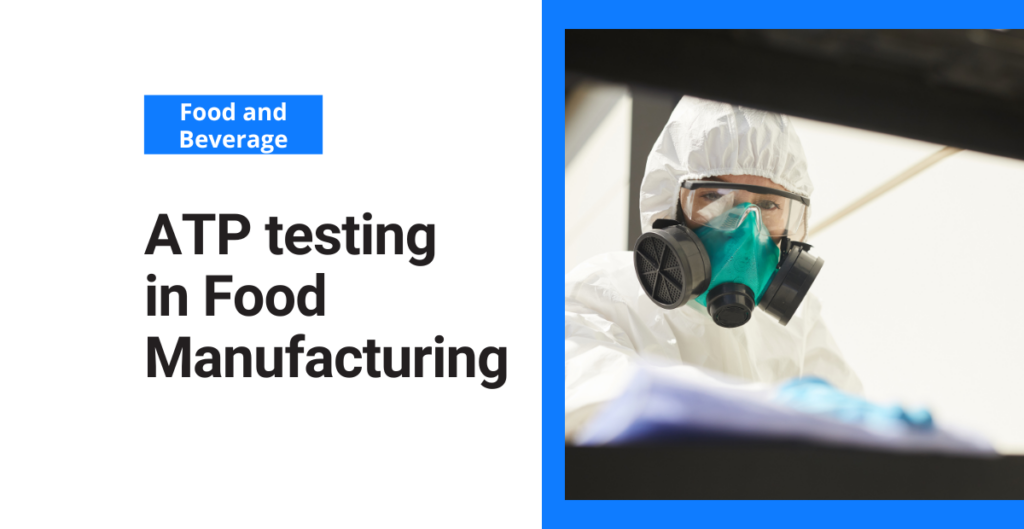The FDA’s Food Safety Modernization Act (FSMA) and OSHA’s General Duty Clause both emphasize proactive measures to eliminate foodborne illness risks and protect worker and consumer safety. Below are the top 5 food safety rules you need to implement and enforce as an EHS professional to remain compliant and uphold safety standards.
Whether you’re working in food processing, manufacturing, or service environments, adherence to established food safety protocols is not just best practice—it’s a regulatory requirement.
What Happens If Food Safety Rules Are Not Followed?
Failure to comply with food safety regulations can result in serious consequences for your workers, customers, and business. These are some of the most common issues that arise if your team doesn’t follow food safety rules:
- Widespread foodborne illness outbreaks leading to hospitalization or fatalities.
- Product recalls that damage brand reputation and consumer trust.
- Severe legal and financial penalties, including regulatory fines.
- Facility shutdowns or loss of licensure for repeated or critical violations.
- Civil or criminal liability in cases involving gross negligence or willful noncompliance.
Maintaining compliance isn’t just about avoiding penalties—it’s about upholding your duty to protect public health and the integrity of the food supply chain.
Where Do Food Safety Rules Apply?
Food safety rules apply across the entire food system, including:
- Food manufacturing and processing facilities
- Packaging and distribution centers
- Restaurants and food service operations
- Retail grocery environments
- Institutional kitchens (e.g., hospitals, schools, long-term care facilities)
- Transportation and logistics networks for perishable goods
If your facility is involved in the production, handling, storage, preparation, or service of food, then you must follow food safety rules from the FDA, USDA, OSHA, and local health authorities.
Top 5 Food Safety Rules
As a food safety professional, it can be difficult to stay on top of all the changing regulatory requirements. If you follow these top 5 food safety rules, though, you should have a solid foundation for both compliance and operational excellence.
Rule 1: Enforce Rigorous Personal Hygiene and Sanitation Protocols
Hand hygiene is a foundational requirement in any food safety plan. According to FDA 21 CFR 117.10(b):
“All persons working in direct contact with food, food-contact surfaces, and food-packaging materials must conform to hygienic practices while on duty to the extent necessary to protect against allergen cross-contact and against contamination of food.”
OSHA complements this requirement by mandating access to adequate handwashing facilities and proper PPE to reduce occupational and foodborne hazards. Some best practices for following this food safety rule include:
- Writing and enforcing cleaning protocols
- Using EPA-sanitizers for food-contact surfaces
- Conducting routine ATP testing for biological hazards in food
- Maintaining food safety audit logs
- Documenting employee hygiene training
Rule 2: Prevent Cross-Contamination Through Segregation and Control Measures
Cross-contamination remains one of the primary vectors for pathogen transfer in food facilities. According to 21 CFR Part 117.80, your team must handle raw materials in a way that prevents cross-contact with allergens and contamination from environmental pathogens or other food sources.
You can fulfill this rule by:
- Separating food products into raw and ready to eat (RTE) zones
- Color-coding tools for different food preparation purposes
- Labeling and storing allergen ingredients in separate areas
- Auditing your team’s allergen control process
Rule 3: Ensure Critical Control Points Meet Cooking and Processing Requirements
Proper cooking and processing temperatures are essential to eliminate biological hazards. The FDA’s HACCP (Hazard Analysis and Critical Control Points) principles require your team to identify and monitor any critical control points within your processes.
Comply with this food safety rule by:
- Regularly testing the internal temperature of your food products
- Using only calibrated, NIST-traceable thermometers
- Keeping a record of all testing procedures
- Implementing corrective actions when products deviate from your critical limits
Rule 4: Maintain Proper Cold Chain Management
Temperature control is a regulatory requirement under 21 CFR 117.80(b)(3) to prevent microbial growth during storage and distribution. You must keep your refrigerators at ≤40°F (4°C) and freezers at 0°F (-18°C) or lower.
Here are some ways you can implement this food safety rule:
- Document and investigate deviations from the temperature requirements
- Calibrate your testing equipment often to prevent cold chain failures
- Write a contingency plan for if your refrigeration system fails
- Create a preventative maintenance schedule to upkeep all equipment
- Follow FDA temperature mapping guidelines
Rule 5: Comply with Expiration, Labeling, and FIFO Inventory Controls
Under the FSMA, you’re required to rotate your stock and manage expiration dates to prevent foodborne illness. If you mislabel or use expired ingredients, you may receive a fine from regulators, must do a product recall, or suffer downstream issues with consumers or vendors.
Make sure you’re following this food safety rule by:
- Using a barcode inventory system to rotate stock
- Implementing a first in, first out (FIFO) procedure
- Inspecting food products for proper labeling (allergens, expiration dates, etc.)
- Conducting routine inventory audits to make sure your team’s following protocol
Final Notes
Complying with these five food safety rules isn’t just about operational efficiency—it’s about legal compliance, public trust, and risk mitigation. As a food safety professional, you should work closely with your QA, HR, and compliance departments to ensure that your procedures align with the latest FDA, USDA, and OSHA requirements.
Regular internal audits, mock inspections, and continual training are essential to maintaining a food safety culture that goes beyond minimum standards.
Ready to take your food safety program to the next level? Learn more about our EHS software for food and beverage or book a demo with our sales team to see it in action!




